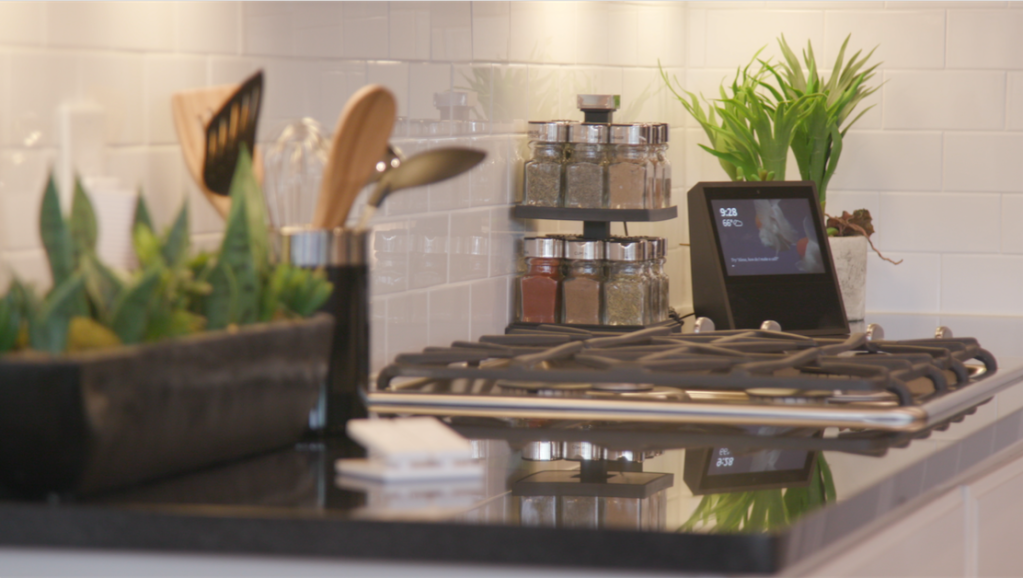David Kaiserman says he hates the word disruption.
“It makes it sound like we’re forcibly trying to turn ourselves around just for the sake of it,” says the president of Lennar Ventures.
As the head of Lennar’s innovation team, Kaiserman’s goal is to keep one of the nation’s leading home builders one step ahead of the curve. Now the country’s largest residential firm by revenue, Lennar has distinguished itself as a builder that constantly looks forward to provide homes that are aligned with the changing lifestyle needs of buyers.
Since 1989, its Everything’s Included platform has incorporated the latest products into new builds as standard, from energy-efficient appliances to high-end finishes. As technology advanced, the program expanded to focus on smart home connectivity and automated products that make homeowners’ lives more convenient.
“Our whole process started with looking at the way people live, and following the story of the homeowner. We really looked at the way these products fit into daily life,” says Kaiserman.
Lennar’s new homes include smart products standard at no upgrade cost to buyers from manufacturers such as Ring, Honeywell, Kwikset, Lutron, and Samsung, and are powered by Amazon’s Alexa voice service and Samsung’s SmartThings line, though all products are also compatible with other smart home systems, like Google Home and Apple’s HomeKit, or they can be controlled through manual switches and remotes.
Last June, the company launched the nation’s first Wi-Fi Certified homes that integrate pre-installed wireless technology into the infrastructure of the homes–instead of a traditional boxed router–to provide coverage in every room with no dead spots as a standard feature.
However, creating a smart home package with numerous products from different brands working seamlessly together wasn’t an easy process. Relationships with product manufacturers were a key part of bringing the initiative to fruition.
Lennar executives challenged the product development teams at Spectrum Brands (which includes Kwikset and Baldwin Hardware), Honeywell, Ring, and Lutron Electronics, among others, to come to the table with their best ideas and figure out how to make their products work together as part of a single automated system within the home.
“Lennar wanted us to find the ‘easy button’ so to speak for its consumers, and make sure that when they take possession of the home they not only have all the smart home devices that they want, but also that they all work seamlessly and are interoperable,” says Tim Goff, chief marketing officer at Spectrum Brands. “Our products all work well on their own, but you don’t want the consumer to have to flip through different apps to control individual products. It has to appear to the customer that they’re not dealing with different companies.”
The collaborative process produced a symbiotic relationship between all parties.
“Our company actually already had partnerships with a lot of these other brands, and we were already working toward the goal of interoperability,” Goff says. “What Lennar did was give us all a unification point and a vision. We tend to think about customers’ needs for our individual products, but the company was the glue that brought everyone together to provide an easy-to-use smart home experience overall, and showed us where Joe Schmoe starts his customer journey of buying a new home and where we fit in to that.”
Kaiserman says that at the end of the day, consumers don’t care about how a smart home works, but just that it does and that it makes their life more convenient.
“It sounds oversimplified to say that a home should be built for the way people live. But, what detracts from homeowners’ excitement about technology is complexity, and it’s hard to create an automated home with elegance and simplicity,” says Kaiserman. “While it may seem obvious that nobody wants an overcomplicated home, reaching our end conclusion was an exploration process for both us and our partners about what the point of a smart home really is.”




